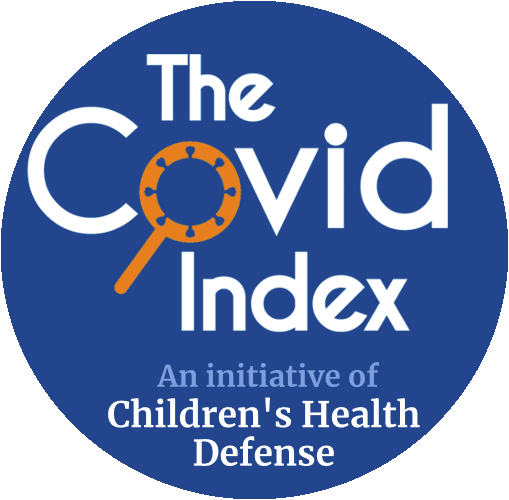April 2021
Becker Friedman Institute (University of Chicago)
© 2025 Becker Friedman Institute for Economics at the University of Chicago
No evident Terms of Use. Thus, Fair Use applies.
https://www.copyright.gov/fair-use/
document
COVID-19,lockdowns
